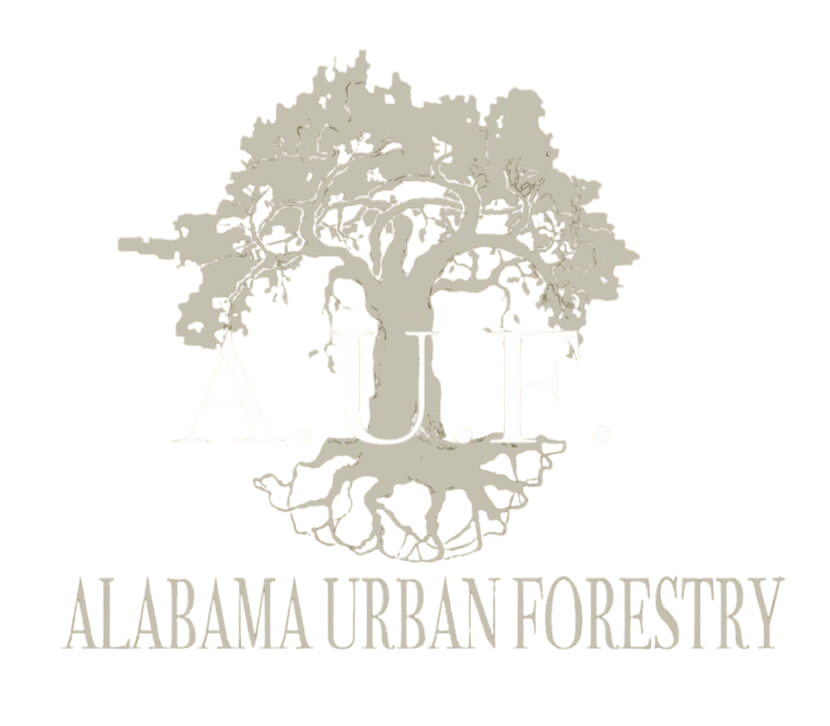Living in Clanton, Alabama, with its beautiful landscapes and lush greenery, it’s important to be aware of the potential hazards that can come from trees on your property. Identifying hazardous trees is crucial to ensure the safety of your home, family, and neighbors. Here are some key tips on how to identify hazardous trees in Clanton, Alabama:
1. **Inspect the Tree’s Trunk**: Start by examining the trunk of the tree for any signs of damage, such as cracks, splits, or cavities. These can be indicators of structural weakness and potential hazards. Look out for any signs of decay, including soft or crumbly wood, fungal growth, or large cavities.
2. **Check the Tree’s Canopy**: The canopy of the tree can also provide valuable clues about its health and safety. Look for dead or broken branches, which can pose a risk of falling during storms or high winds. If you notice a significant amount of dead branches or sparse foliage, it may be a sign that the tree is in decline and potentially hazardous.
3. **Inspect the Tree’s Roots**: While it may be more challenging to assess the roots of a tree, there are still some visible signs that can indicate potential hazards. Look for heaving soil around the base of the tree, which could indicate root damage or instability. Also, keep an eye out for roots that are exposed or lifting sidewalks or driveways, as this can be a sign of a shallow root system.
4. **Consider the Tree’s Location**: Trees that are located close to structures, power lines, or frequently used areas of your property pose a higher risk if they were to fall. Take note of the tree’s proximity to your home, outbuildings, or other structures, as well as its distance from power lines.
5. **Look for Signs of Disease or Pests**: Trees that are diseased or infested with pests are more likely to become hazardous. Keep an eye out for symptoms such as discolored or wilting leaves, unusual growth patterns, or visible signs of insect activity. If you suspect that a tree on your property is diseased, it’s important to consult with a certified arborist for further evaluation.
In conclusion, identifying hazardous trees in Clanton, Alabama, is an essential part of maintaining a safe and healthy outdoor environment. Regular inspections and proper tree care can help prevent accidents and property damage caused by falling trees. If you have any concerns about the safety of trees on your property, don’t hesitate to seek professional advice from a certified arborist or tree care specialist. Remember, it’s better to address potential hazards proactively rather than waiting for a dangerous situation to arise. Stay safe and enjoy the natural beauty of your surroundings in Clanton, Alabama!

